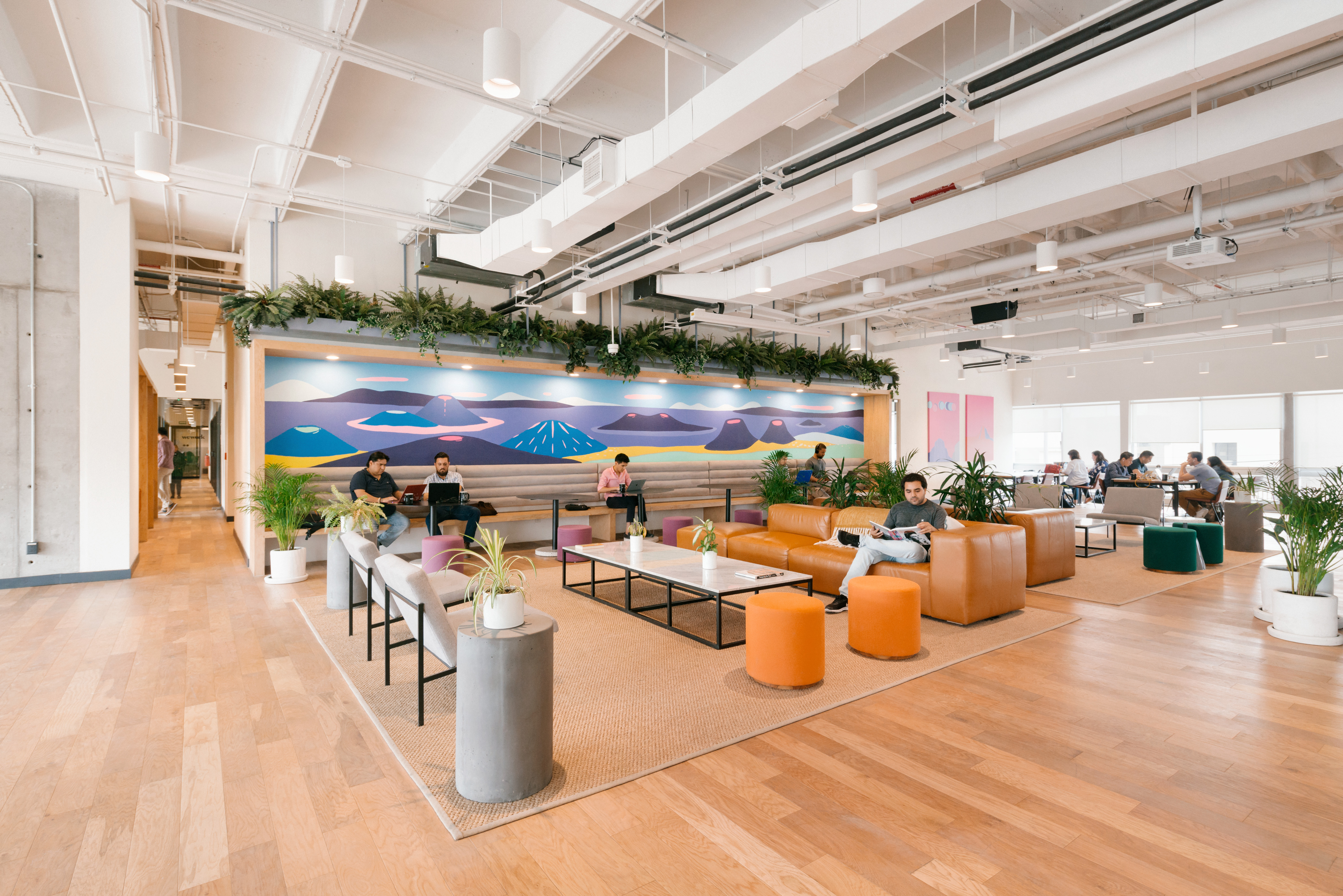Coworking market is estimated to grow to a 34.99 billion dollar industry by 2027, that is 16.4%. This shows that the trend of coworking is catching everyone’s attention these days. The web search trend of coworking is even in trend in the industry.
The popularity of coworking spaces has revolutionised the Global market and the real estate sector. The change have been witnessed by the investors and the employee, the need for flexible and comfortable work station, easy going lifestyle and location independence (at times) have legitimately impacted the design, structure and pattern of the offices, it was believed (then) that the millennial would take over the market and jobs which (now) is seen. This is the reason why this has even impacted the design and structure of the offices.
This blog spot will speak of how coworking spaces have redefined the conventional workplace design.
- As per a survey conducted, it is believed that the millennial generation would take over by 2025., every 3 in 4 would be a millennial. Because of this the requirement of flexibility and space management took over.
Companies now consider space management as priority. They have thus changed the workspace design based on the majority. Need for cafeteria, meeting rooms, phone booth is seen and addressed.
- Since coworking space is widely divided into small sections of the spaces, vividly combining all the aspects and branches together. This can be a reason why companies have considered 30% of their spaces to turn to seating zones, etc.
- The whole concept of new office designs by the millennials profoundly speaks of ergonomics which is why companies have introduced furniture that is ergonomic and loose.
- Millennials have enthusiastically encouraged building offices more than a place to work. Their preferences and ideology of a comfortable workplace supported a workplace reflecting peace and promoting productivity, thus introducing elements like biophilia, artefacts, wall drawings, etc.
- Other aspects of coworking spaces have successfully made their ways in the conventional workplace, besides these ideas are welcome wholeheartedly. Open cafeteria, coffee bars, pantry design, etc. has evolved over time.
- Introduction of technological tools to manage and operate the office functionalities is something that must have been incorporated long back. A positive change is thus made due to coworking spaces access cards, attendance monitoring system, security and surveillance are now seen in every office.
- Other elements have also made their ways in the conventional surrounding, coworking spaces have revived the whole vibe of a traditional office space. False ceiling, fancy luxurious flooring, carpets, funky artefacts are now seen.
- Coworking spaces are highly sustainable, the usage of shared facilities by the employees brings it in the race of sustainability. This move is adopted by many companies in various ways and led them in the race of sustainability.
- As coworking supports community building, this is the whole reason why conventional spaces now promote common areas, relaxing rooms and others.
Conclusion:
Millennials have taken over the companies, every second person working in big or small companies is a millennial. This evolution has supported the growth of spaces that are sustainable, economic and ergonomic. Coworking is the result of the same and thus has gained popularity globally.
Coworking spaces have not only impacted the traditional work pattern but also the offices which is why conventional spaces have taken an initiative towards redefining the workplace design on a whole.
This blog covers the changes that are seen in a while in the conventional workplace designs.





Leave a Reply